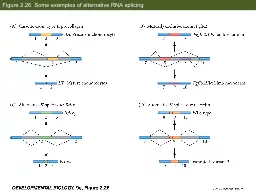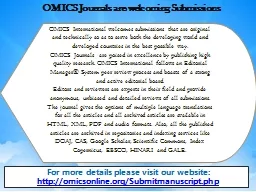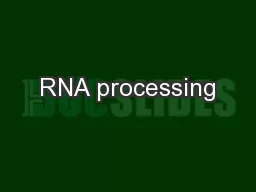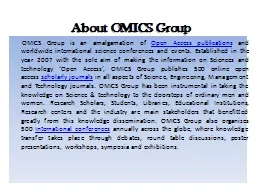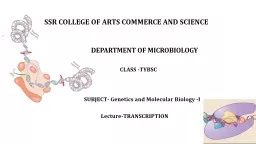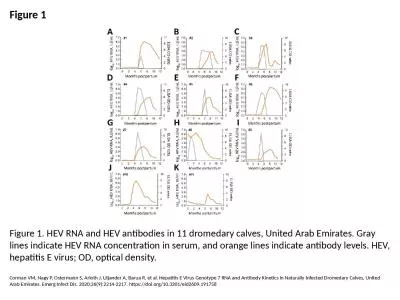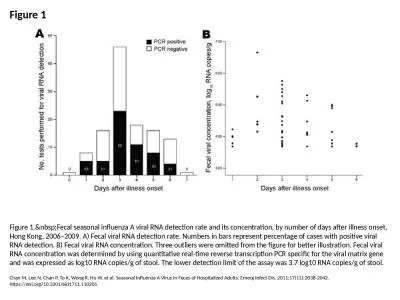PPT-Figure 2.26 Some examples of alternative RNA splicing
Author : test | Published Date : 2017-05-20
Figure 231 Degradation of casein mRNA in the presence and absence of prolactin Figure 234 Hypothetical model of the regulation of lin14 mRNA translation by lin4
Presentation Embed Code
Download Presentation
Download Presentation The PPT/PDF document "Figure 2.26 Some examples of alternativ..." is the property of its rightful owner. Permission is granted to download and print the materials on this website for personal, non-commercial use only, and to display it on your personal computer provided you do not modify the materials and that you retain all copyright notices contained in the materials. By downloading content from our website, you accept the terms of this agreement.
Figure 2.26 Some examples of alternative RNA splicing: Transcript
Download Rules Of Document
"Figure 2.26 Some examples of alternative RNA splicing"The content belongs to its owner. You may download and print it for personal use, without modification, and keep all copyright notices. By downloading, you agree to these terms.
Related Documents

